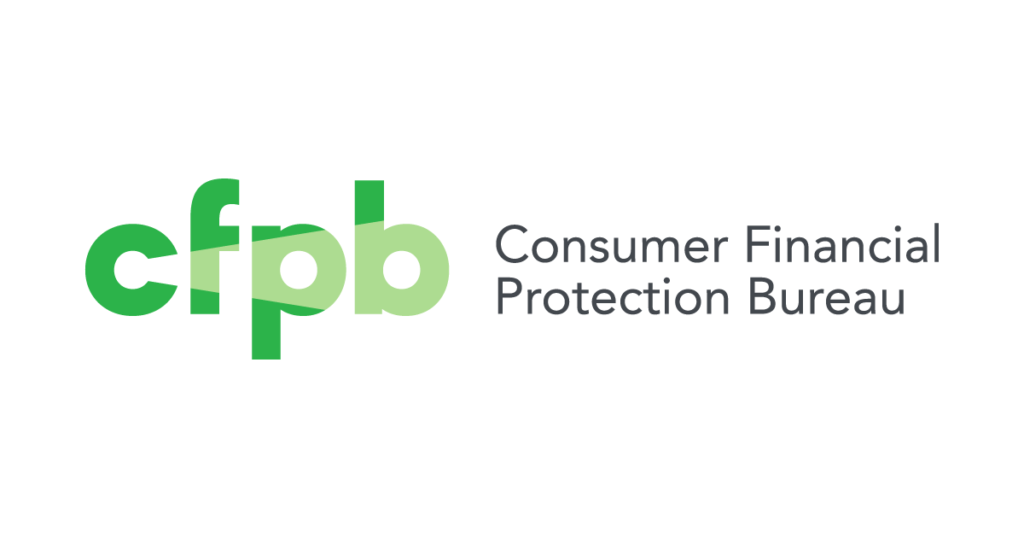By Dylan Ellis
The Consumer Financial Protection Bureau (CFPB) has been one of the most divisive government agencies since its inception in 2010. The CFPB was installed with far greater protections than most government agencies are afforded, including protections against both presidential[1] and congressional[2] influences on the agency’s decision making. As a result, the CFPB has faced multiple challenges against its constitutionality. Most notably in 2020 where the Supreme Court held that the requirement placed on the President which only allowed removal of the lone CFPB Director “for-cause” was an unconstitutional restraint on the separation of powers.[3] The CFPB suffered another judicial defeat on October 19th, 2022, where the Fifth Circuit held that the CFPB’s funding structure is unconstitutional under the Appropriations Clause of the Constitution.[4]
The Unique Funding Structure of the CFPB:
Appropriations allow Congress to exert control over agency action because the expenditure of federal agency monies that come from appropriations are conditioned upon compliance with prescribed policy.[5] Therefore, if Congress disagrees with an agencies activity, it can prohibit the use of appropriated funds for the given activity.[6] When the CFPB was established in the wake of the 2008 financial crisis, Congress believed that the agency could best carry out its mandate of protecting consumers if it were shielded from the political influences of future iterations of Congress.[7] Thus, while most agencies rely on annual appropriations from Congress for their funding, the CFPB does not.
Instead of relying on Congressional appropriations for funding, the CFPB requests from the Federal Reserve an amount determined by its lone Director to be “reasonably necessary to carry out the authorities of the Bureau.”[8] The Federal Reserve must grant the request, so long as the request does not exceed 12% of the total operating expenses of the Federal Reserve.[9] The funds transferred to the CFPB shall not be construed as Government funds or appropriated monies[10] and shall not be subject to review by the Committees on Appropriations of the House of Representatives and the Senate.[11] The Bureau’s ability to fund itself beyond Congress’s appropriation powers lies at the heart of the Fifth Circuit’s finding that the CFPB’s funding structure unconstitutional.[12]
The Fifth Circuit’s Reasoning:
The Court reached its conclusion by finding that the CFPB’s funding structure violates the separation of powers principles set forth in the Appropriations Clause of the Constitution.[13] The Appropriations Clause commands that, “No money shall be drawn from the Treasury, but in Consequence of Appropriations made by Law.” [14] The Supreme Court has interpreted the clause as limiting the power of the executive branch by ensuring Congress’s exclusive control over the federal purse.[15] Accordingly, any exercise of a power granted by the Constitution to one of the other branches of Government shall be limited by a valid reservation of congressional control over funds in the Treasury.[16]
The Fifth Circuit determined that the CFPB’s ability to unilaterally fund itself with “unappropriated monies” directly from the Federal Reserve—which is itself outside the appropriations process—has yielded an unprecedented “double insulation” from the appropriation powers of Congress.[17] The Bureau is further insulated by the express exemption from Congressional review of its funding.[18] According to the court, the Bureau’s unchecked funding structure renders the agency “no longer dependent and, as a result, no longer accountable” to Congress and, ultimately, to the people.[19] Therefore, Congress’s cession of its power of the purse to the Bureau violates the Appropriations Clause and the Constitution’s underlying structural separation of powers.[20] Accordingly, the Fifth Circuit vacated the CFPB rule in question on the grounds that it had been promulgated using unconstitutional funds.[21]
Going Forward:
The ruling opens the door to challenges against the CFPB for both future and prior action as nearly all the agency’s actions can be connected to the unconstitutional funding structure. In fact, parties that have been adversely affected by the CFPB began challenging their lawsuits as void in light of the Fifth Circuit’s holding almost immediately after the decision.[22] For example, on October 20th, TransUnion–who had been sued by the CFPB for violating a consent order through the continued use of deceptive marketing–cited the Fifth Circuit’s holding in a court filing supporting a motion to dismiss the suit.[23]
There are a few ways in which this conflict can be resolved. The CFPB could seek review of the decision before the entire Fifth Circuit; however, the odds that the decision is reversed are slim as seven of the sixteen active judges have already expressed their view that the funding structure is unconstitutional.[24] The Bureau could also seek review from the Supreme Court, but the odds are not in their favor once again as five of the justices who ruled against the CFPB in 2020 remain on the bench.[25] Ironically, the funding structure was put into place to protect the CFPB from Congress, however it seems most likely that a legislative fix will be required if the CFPB and its previous regulatory actions are to survive the Fifth Circuit’s decision.
-
12 U.S.C. § 5491(c). ↑
-
§ 549(a)(2). ↑
-
Seila L. LLC v. Consumer Fin. Prot. Bureau, 140 S. Ct. 2183, 2197 (2020). ↑
-
Cmty. Fin. Servs. Ass’n of Am., Ltd. v. Consumer Fin. Prot. Bureau, No. 21-50826, 2022 WL 11054082, at *12 (5th Cir. Oct. 19, 2022). ↑
-
Kate Stith, Congress’ Power of the Purse, 97 Yale L.J. 1343, 1363 (1988). ↑
-
Id. ↑
-
156 Cong. Rec. 8931 (2010) (statement of Sen. Dodd) (“[T]he [CFPB’s] funding will be independent and reliable so that its mission cannot be compromised by political maneuvering.”). ↑
-
12 U.S.C. § 5497(a)(1). ↑
-
§ 5497(a)(1)-(2). ↑
-
§ 5497(c)(2). ↑
-
§ 5497(a)(2)(C). ↑
-
Cmty. Fin., 2022 WL 11054082, at *12. ↑
-
Id. ↑
-
U.S. Const. art. I, § 9, cl. 1. ↑
-
Cmty. Fin., 2022 WL 11054082, at *13. ↑
-
Id. ↑
-
Id. at *14. ↑
-
Id. at *15. ↑
-
Id. ↑
-
Id. at *19. ↑
-
Id. at *18. ↑
-
TransUnion Defendants’ Notice of Supplemental Authority, Consumer Fin. Prot. Bureau v. TransUnion et al., No. 1:22-cv-1880 (N.D. Ill. Oct. 20, 2022). ↑
-
Id. ↑
-
See Consumer Fin. Prot. Bureau v. All Am. Check Cashing, Inc., 33 F.4th 218, 220 (5th Cir. 2022) (Jones, J., Concurring) (four Fifth Circuit Justices find in concurrence that the CFPB has been unconstitutionally funded); See also Cmty. Fin., 2022 WL 11054082, at *12 (three other Fifth Circuit Justices find that the CFPB is unconstitutionally funded). ↑
-
See Seila, 140 S. Ct. 2183 (2020). ↑




